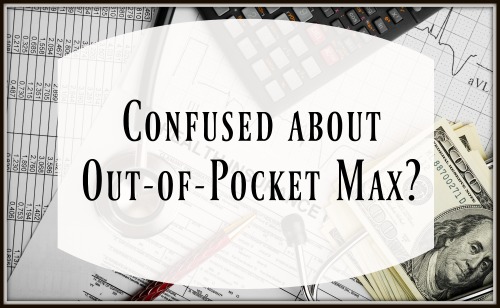Why Know your Out-Of-Pocket Maximum ?
A plan’s out-of-pocket maximum (also referred to as maximum out-of-pocket or MOOP) is the total amount that the patient would have to pay in a given year for in-network treatment that’s classified as essential health benefits. If you receive care outside your plan’s network, the out-of-pocket maximum can be higher, or it can be unlimited.

As long as you stay in-network, receive care that’s covered under your health plan, and comply with any rules your plan might have for referrals, prior authorization, step therapy, etc., your total spending for the year will be capped at no more than $8,700 in 2022, and no more than $9,100 in 2023. That includes a combination of your
- deductible (the amount you pay before most benefits kick in)
- copays (the smaller amount that you pay to see a doctor, fill a prescription, visit a specialist, go to the emergency room, etc), and
- coinsurance (the percentage of the claim that you pay after you’ve paid your deductible, but before you’ve met your out-of-pocket maximum).
Not all plans include all three of those areas of spending. For example, an HSA-qualified High Deductible Health Plan (HDHP) typically won’t include copays, but will have a deductible and may or may not have coinsurance (in some cases, the deductible on the HDHP is the full out-of-pocket maximum, while other HDHPs will have a deductible plus coinsurance in order to reach the out-of-pocket maximum). And catastrophic plans always have deductibles equal to the out-of-pocket maximum that HHS sets for the year.
Once you’ve reached the annual out-of-pocket maximum, your health plan will pay 100% of your in-network, covered costs for the remainder of the year. But if you switch plans mid-year (as a result of a qualifying event that triggers a special enrollment period), your out-of-pocket costs will start over with the new plan. And even if you keep the same plan year after year, your out-of-pocket costs will start over at the start of each year.
